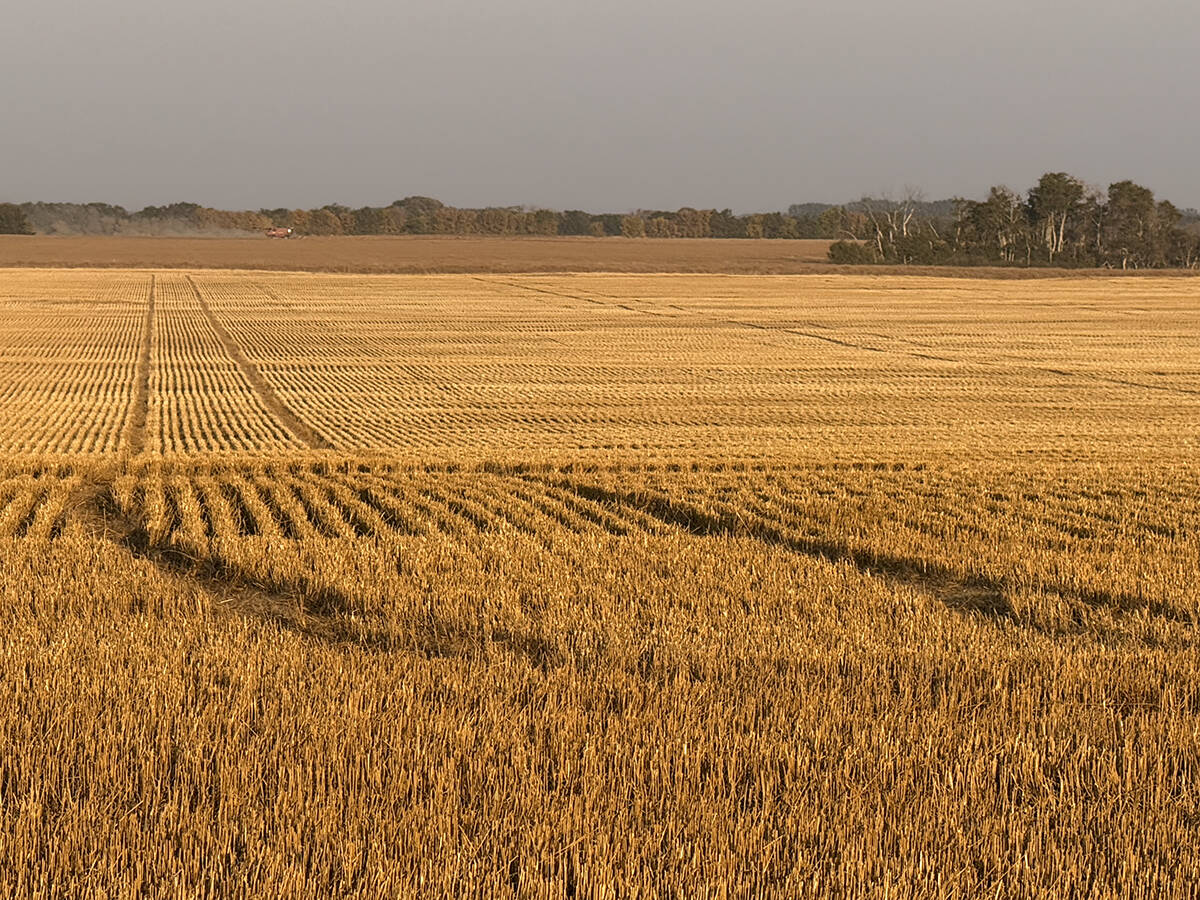Donkeys, sheep and turkeys loom large in our festivities at this time of year, but it was probably an excellent Christmas, indeed, for at least 15 llamas and assorted dogs and cats on one farm near Kamloops, B.C.
This particular farmer had been raising llamas since 1993, only to find that the Canada Revenue Agency had restricted his deductible farming losses for the years 1998 to 2003. The maximum annual deductible farming loss under this rule is $8,750.
The agency made this ruling because the farmer had taken off-farm employment in those years to tide him over during a drastic decline in llama resale prices. The collapse of the market had been caused by a change in federal government policy in 1996 that reversed restrictions on the entry of llamas of foreign origin into the country. The market expected a flood of foreign-born llamas and drove down the price of domestic animals. The value of the llamas dropped to 10 to 15 percent of their former market price.
Read Also

Final crop reports show strong yields, quality
Crops yielded above average across the Prairies this year, and quality is generally average to above-average.
Rather than sell his animals at rock-bottom prices, the taxpayer decided to wait out the market, as did some of his competitors in the region.
To do so, he needed another source of income to support his farm and animals. In 1997, he was able to get his insurance adjuster’s licence reinstated, a licence and an occupation he had held before he started his llama operation. Although his activities required him to travel extensively in the United States from 1998 to 2003, his wife was able to keep the farm operating during his absences with the help of his off-farm income.
The revenue agency took the position that, in those years, his farming activities were a sideline or incidental business to his other income source from insurance adjusting. Accordingly, it restricted his deductible farming losses and disallowed certain farming expenses, including the maintenance of cats and dogs.
On appeal, the Tax Court of Canada took a different view. The court agreed with the taxpayer that he was committed to making his farming business his primary source of income, and his off-farm income was dedicated to sustaining the operation while the economy was working against him.
The court also agreed the farmer’s dogs and cats were an integral part of the enterprise. They were used to herd the llamas and protect them from predators and rodents. The court agreed under the circumstances that the costs to support the dogs and cats used in the operation were a justifiable expense in producing income from the farm.
This is a nice festive story in which an appeals court of clear thought – who also just might like dogs and cats – made the right decision.
Larry Roche is a tax analyst with farm taxation and planning specialists Farm Business Consultants Inc. He can be contacted at fbc@fbc.ca or call 800-860-7011.














